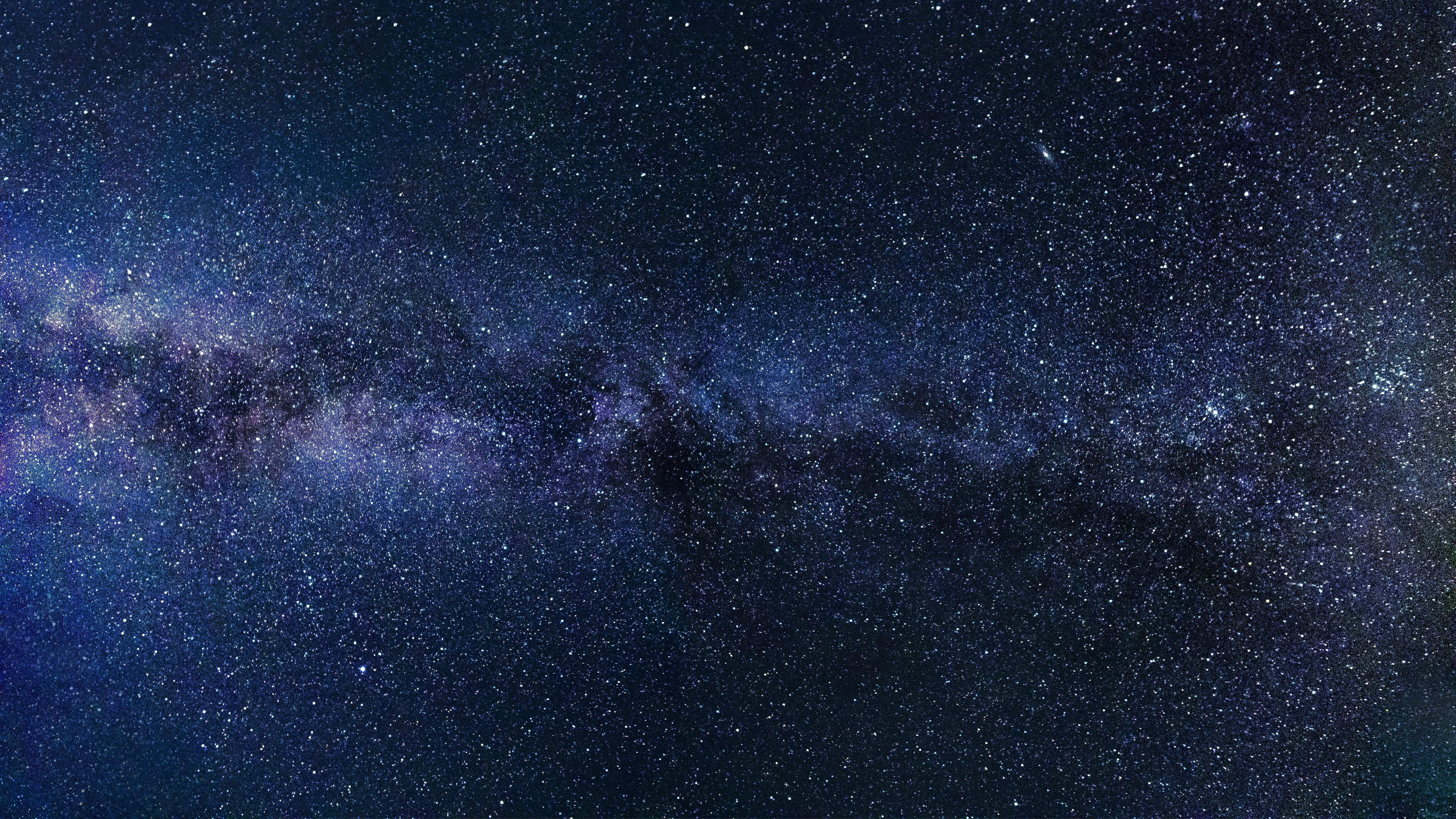An Odyssey into Astro-Tourism: Star Gazing Reinvented
Astro-tourism, an emerging trend that merges astronomy and travel, is rapidly gaining popularity, offering travelers a unique opportunity to explore the night sky in new and exciting ways. As city lights drown out the celestial bodies' brilliance, more and more people are seeking out places where they can still marvel at the stars. The rise of astro-tourism is not just a trend but a testament to our enduring fascination with the great cosmic expanse beyond our planet.

Astro-Tourism: A Journey Through Time and Space
Astro-tourism, or stargazing tourism, is not just a recent phenomenon. The stars have been guiding humans for millennia, serving as compasses for early seafarers and inspiring countless myths and legends. In recent years, however, this age-old interest has taken a new form, fueled by increased urbanization and a growing desire to reconnect with nature. The International Dark Sky Association, established in 1988, has been instrumental in promoting astro-tourism by designating dark sky parks and reserves worldwide.
The Rise of Astro-Tourism: A Response to Light Pollution
Light pollution, the excessive and misdirected artificial light produced by urban areas, has made it increasingly difficult to admire the night sky. This has led to a surge in astro-tourism, as people travel to remote areas to experience the awe-inspiring sight of a star-filled sky. According to a study by the Journal of Travel Research, the number of astro-tourists has been steadily increasing over the past decade.
Advantages and Challenges of Astro-Tourism
Astro-tourism offers a unique and immersive experience that connects travelers with the natural world on a cosmic scale. It also promotes sustainable tourism, as it requires minimal infrastructure and has a low environmental impact. However, there are challenges associated with it, such as the need for clear skies and the risk of disrupting local wildlife. Additionally, the increase in astro-tourists can put pressure on remote communities and fragile ecosystems.
Stellar Facts & Celestial Wonders
- The Milky Way, our home galaxy, contains an estimated 100 billion stars. However, due to light pollution, only about 5,000 stars are visible from Earth with the naked eye.
- The Atacama Desert in Chile, known as the driest place on Earth, is also one of the best places for stargazing due to its high altitude, clear skies, and negligible light pollution.
- Every year, the Perseid meteor shower in August is a highlight for astro-tourists. This meteor shower can produce up to 100 meteors per hour at its peak.
Wrapping Up the Cosmic Journey
Astro-tourism is not just about stargazing; it’s about reconnecting with our roots, embracing the mysteries of the universe, and gaining a new perspective on our place in the cosmos. As we look up at the stars, we are reminded of our shared heritage and our common destiny. As Carl Sagan once said, “We are all made of star stuff.” In the end, astro-tourism is not just a journey through space, but also a journey within ourselves.




